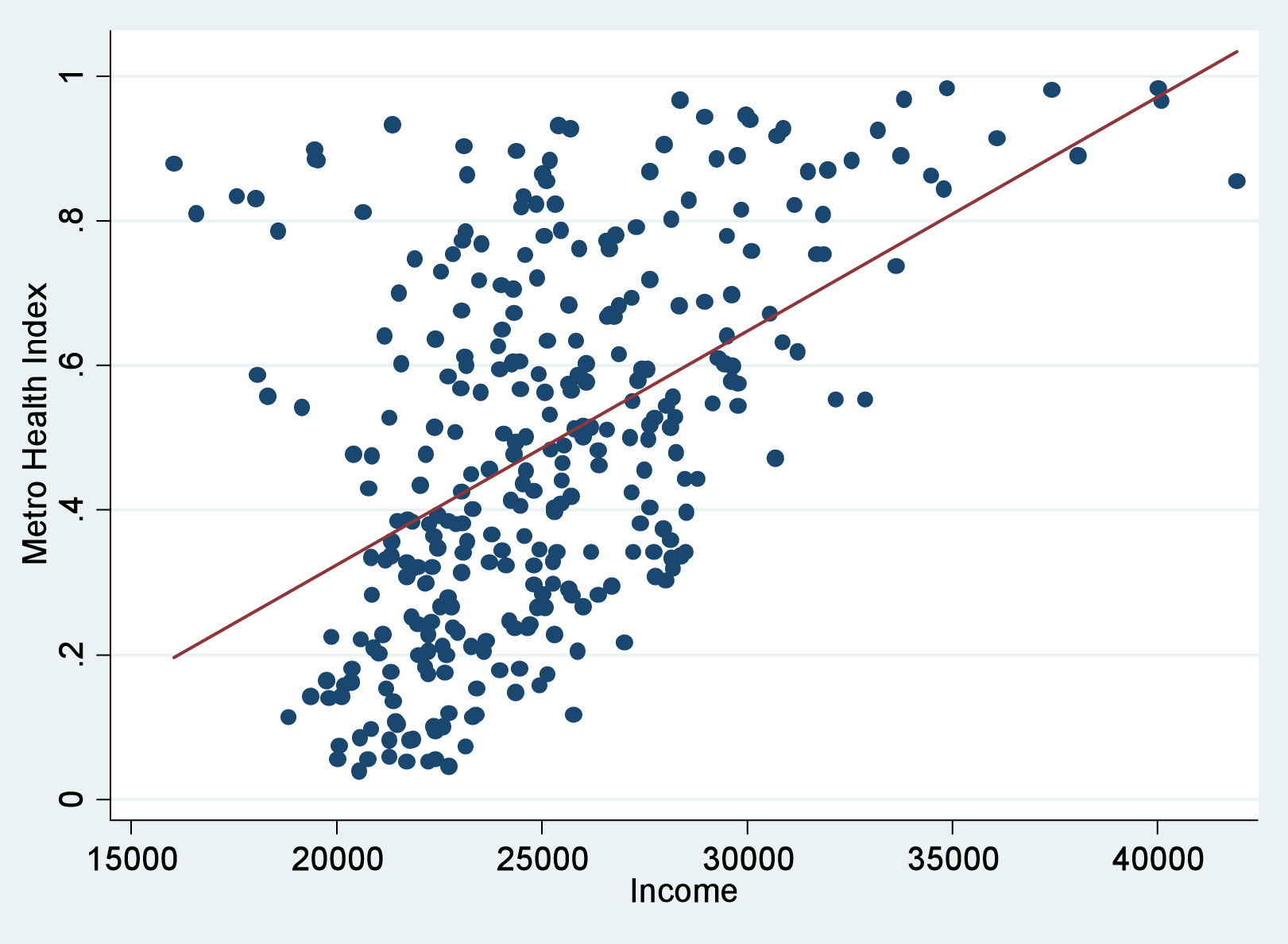

This results in the different data points overlapping, making it challenging to identify the relationship between variables. Overplotting exists when too many data points have been plotted. The most important thing to remember when we talk about correlation is that it doesn’t mean that the changes observed in one variable are responsible for the changes observed in another variable. There are two common challenges that come with the use of scatter diagrams – the interpretation of causation as correlation and overplotting. The scatter diagram will visualize in an easy to observe way if the data points are positively correlated, negatively correlated, or there is no correlation between the two variables. Scatter diagrams are used and applied in several ways, where the most important benefit is showing the correlation between two variables. The scatter diagram is one of the seven basic quality tools used in root cause analysis. The better the correlation, the tighter the points will hug the line. If the variables are correlated, the points will fall along the line or curve. The scatter diagram graphs pairs numerical data with one variable on each axis to look for a relationship between them. A scatter diagram is a two-dimensional graphical representation of a set of data. The scatter diagram is also called a scatter plot chart, XY chart, and correlation chart.
#Scatter plot of negative correlation examples update
Integrate with external systems to get the most out of your Kanban softwareĬreate and update cards via email and reply to emails by adding a comment Reduce multitasking, alleviate bottlenecks, and keep a steady flow of work Visualize and track cross-team dependencies via card linksĬustomize your work items as needed and enhance communicationĬreate probabilistic plans for future project deliveryĪutomate your process to trigger actions when certain events occurĪnalyze your workflow’s performance through a variety of Lean/Agile charts Visualize your past, current, and future initiatives or projectsĭisplay critical business metrics and gather reports in one place Keep track of tasks and get accurate status reports in real-timeĬreate a network of interlinked Kanban boards on a team and management level Keep your teams' work in a single place with multi-layered Kanban boards Monitor business objectives, understand risks, and track the most important performance metrics Implement OKRs and align your strategy with day-to-day executionĭistribute and track work across the entire organization


 0 kommentar(er)
0 kommentar(er)
